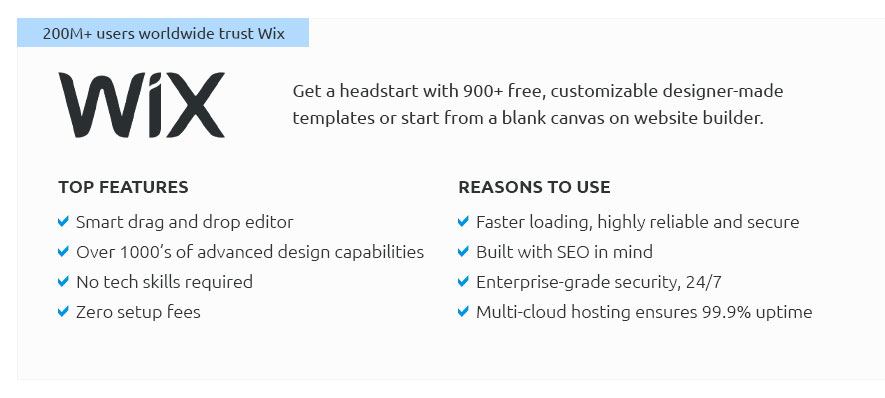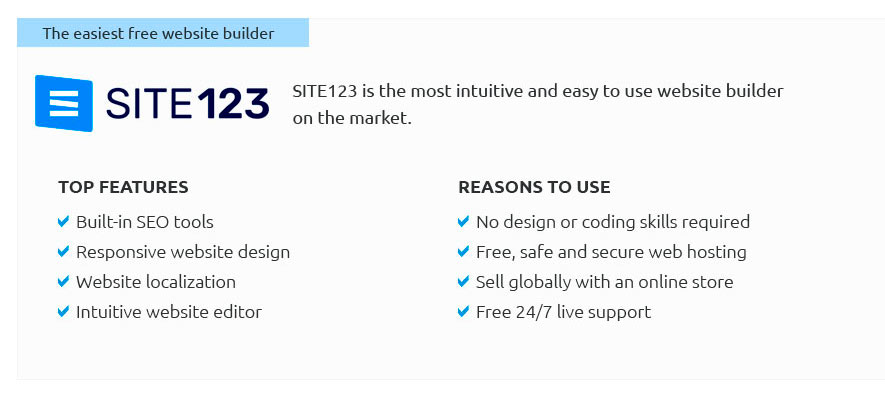 |
 |
 |
 |
|
 |
 |
 |
|
 |
|
 |
 |
|
 |
|
 |
|
 |
 |
Build Your Own Website with Database: A Comprehensive GuideBuilding your own website with a database might seem daunting, but with the right guidance, it becomes an achievable task. This guide will walk you through the basics and help you understand the essential steps involved. Understanding the BasicsBefore diving into the building process, it's crucial to understand the fundamental components. What is a Database?A database is a structured set of data held in a computer, especially one that is accessible in various ways. It allows you to store, retrieve, and manipulate data efficiently. Why Use a Database?
Steps to Build Your Website with a DatabaseHere is a step-by-step approach to building your website. 1. Choose a Technology Stack
To explore more about technology choices, visit this how to create your own ai software guide. 2. Design Your DatabaseDefine what data you need and how it will be structured. Consider using ER diagrams to plan your database schema. 3. Develop the BackendConnect your backend code with your database. Ensure CRUD operations (Create, Read, Update, Delete) are well-implemented. 4. Build the FrontendUse HTML, CSS, and JavaScript to create an engaging user interface. Ensure it communicates seamlessly with your backend. Testing and DeploymentOnce your website is developed, thorough testing is essential to ensure everything works as expected. TestingConduct both manual and automated testing to check for bugs and performance issues. DeploymentChoose a hosting provider to deploy your website. Consider checking the best website builder for new business for hosting options. FAQWhat tools do I need to build a website with a database?You need a code editor, a web server, a database server, and a browser for testing. How do I secure my database?Implement strong passwords, use SSL certificates, and regularly update your database software. Can I integrate AI into my website?Yes, integrating AI can enhance user experience and automate tasks. Consider exploring AI APIs. https://www.knack.com/blog/blog-creating-a-database-driven-website/
Unlike static websites, where each page is individually created and stored as a separate file, a database-driven site pulls information from a ... https://five.co/blog/how-to-build-a-database-website/
How to Build a Database Website (Fast & Easy) - Step 1: Gather Information for Your Database Website - Step 2: Select an Intuitive User Interface. https://www.knack.com/blog/database-for-website/
Webflow is a drag-and-drop website builder that includes powerful site management tools and database management features. It allows users to ...
|